
Community ecologist interested in the biodiversity-ecosystem functioning relationship
VetAgro Sup; Université Clermont Auvergne; Institut National de Recherche pour l'Agriculture, l'Alimentation et l'Environnement • Ecology and Vegetation Dynamics Studies, Plant and animal studies, Species Distribution and Climate Change
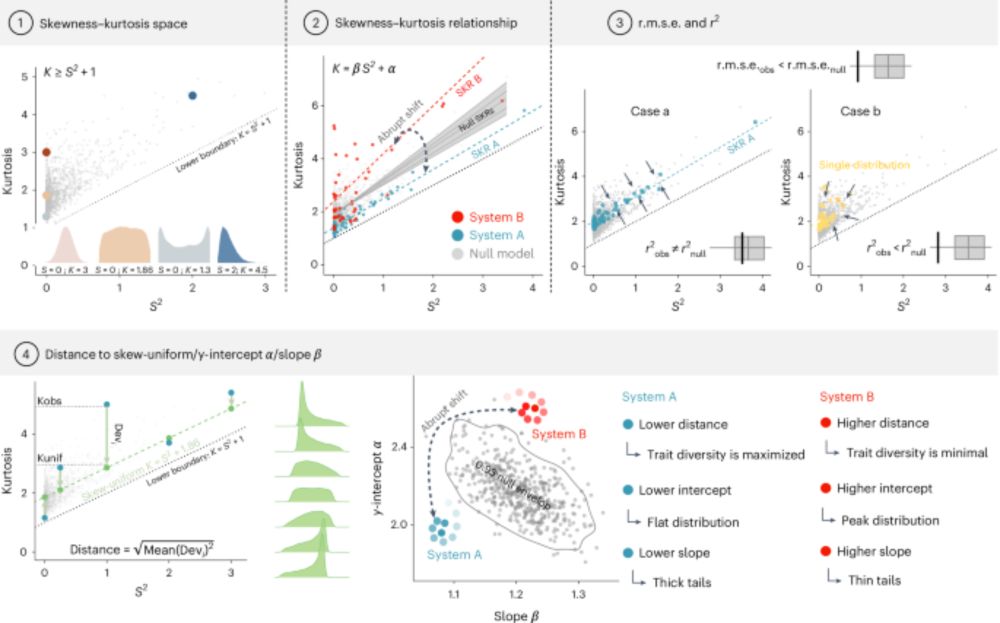
It is called: Thresholds of functional trait diversity driven by land use intensification
⬇️
www.nature.com/articles/s41...
#FunctionalTraits 🌐 ➕📏
@inrae-france.bsky.social @urep.bsky.social @cnrsecologie.bsky.social @bexplo.bsky.social
Reposted by Stephen D. Murphy, Nicolas Gross

To understand the driving processes, we combined experiments & modelling
Finding a trade-off between species recovery and food-web complexity
onlinelibrary.wiley.com/doi/10.1111/...
Reposted by Éric Verdeil, Nicolas Gross, Xavier Molénat , and 1 more Éric Verdeil, Nicolas Gross, Xavier Molénat, Alexandre Klein

Reposted by Nicolas Gross



Reposted by Stephen D. Murphy, Nicolas Gross

More at climameter.org
Reposted by Ingolf Kühn, Nicolas Gross, Joan Dudney

dx.doi.org/10.1002/2688... 🧪

Reposted by Nicolas Gross

Aujourd’hui, nous allons parler des prairies !
Reposted by Teja Tscharntke, Nicolas Gross, Pieter Vantieghem

Reposted by Nicolas Gross

Une méta-analyse de 170 études, dans 21 pays, montre que les systèmes agroécologiques favorisent la biodiversité & le stockage du C dans les sols 👉 www.inrae.fr/actualites/l...
@agroscope.bsky.social @urep.bsky.social
Reposted by Nicolas Gross, Sandra Dullau
"Semi-natural grasslands as a nature-based solution for climate change mitigation: An assessment of carbon and plant communities across age gradients"
www.sciencedirect.com/science/arti...
Reposted by Nicolas Gross

communities.springernature.com/posts/decada...
Reposted by Nicolas Gross

buff.ly/lja9aBp
🧪🌍
Reposted by Nicolas Gross

Reposted by Nicolas Gross
Science becomes trustworthy by constantly questioning itself
@plosbiology.org @briannosek.bsky.social
journals.plos.org/plosbiology/...
Reposted by Lindsay C. Stringer, Ning Chen, Nicolas Gross

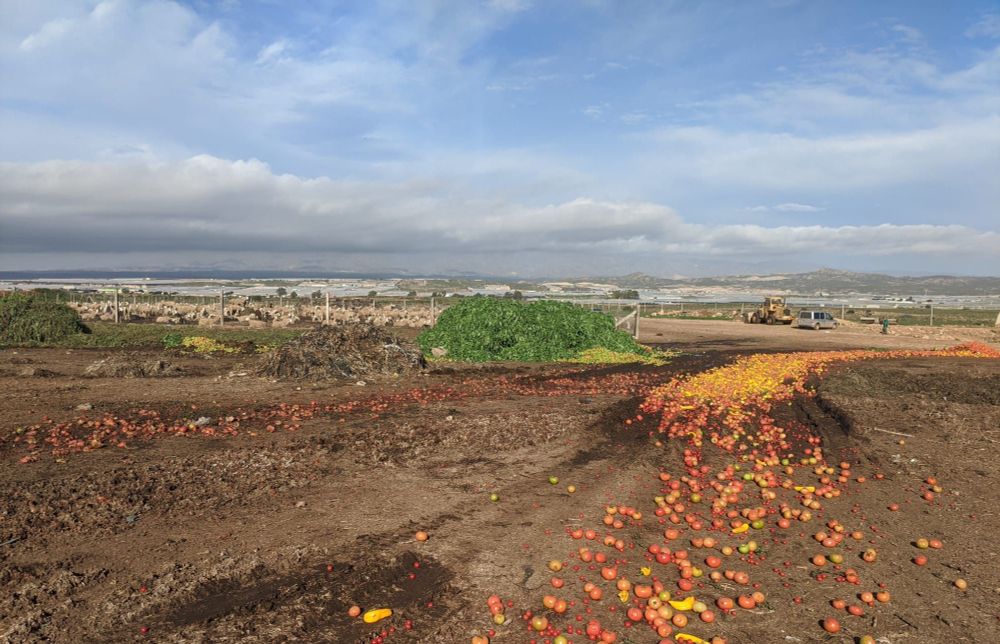

Reposted by Fernando T. Maestre
Reposted by Seth M. Munson

For more see our new paper in #GEB 🌐
onlinelibrary.wiley.com/doi/10.1111/...
Another great outcomes from the #biodesert survey led by
Yanchuang Zhao!
Reposted by Tuomas Mattila, Nicolas Gross

For more trending articles, visit ow.ly/Me2U50SkLRZ.
Reposted by Margot C. Finn, Nicolas Gross
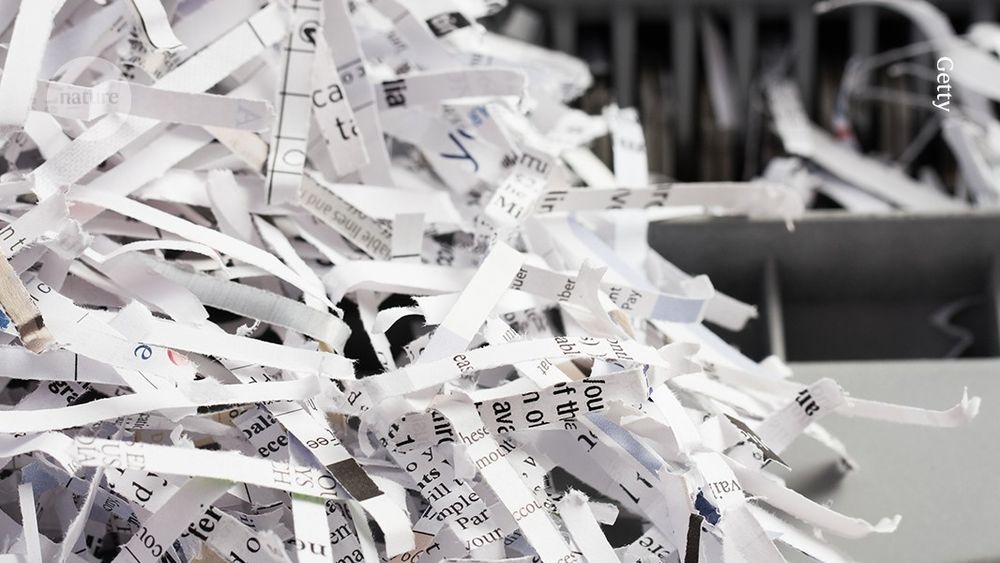
go.nature.com/4frnv04
Reposted by Nicolas Gross
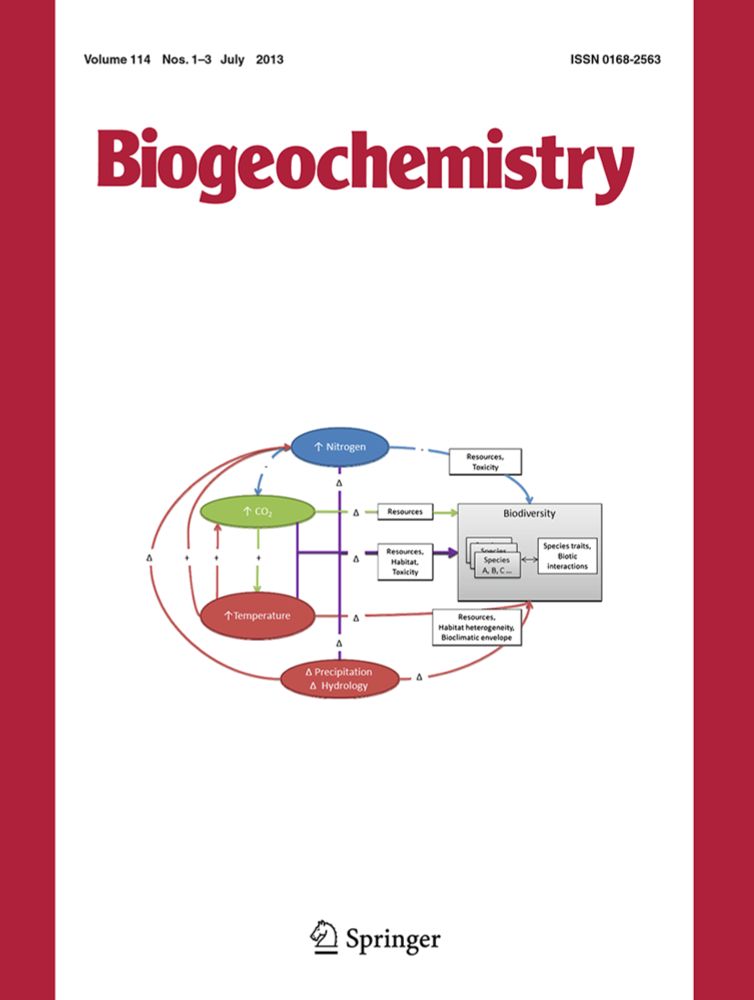
"Life on Earth is not confined by our imagined political boundaries between one country and the next, between one state and the next... "
Reposted by Nicolas Gross

Reposted by Nicolas Gross, Anthony Burke

www.thelancet.com/journals/lan...

www.nature.com/articles/s41...

www.pnas.org/doi/10.1073/...
Reposted by Nicolas Gross
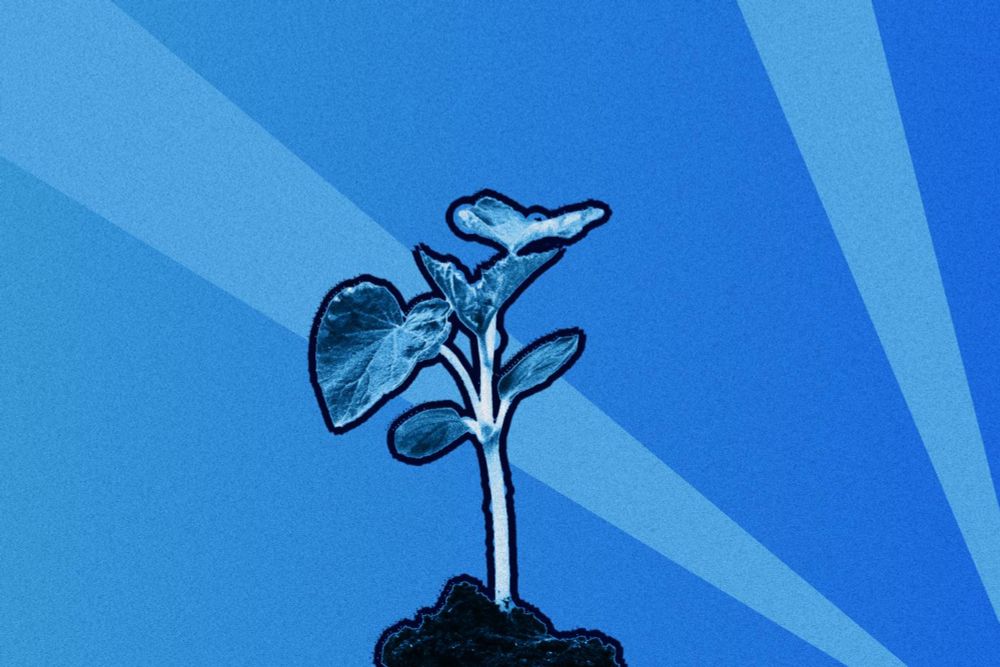
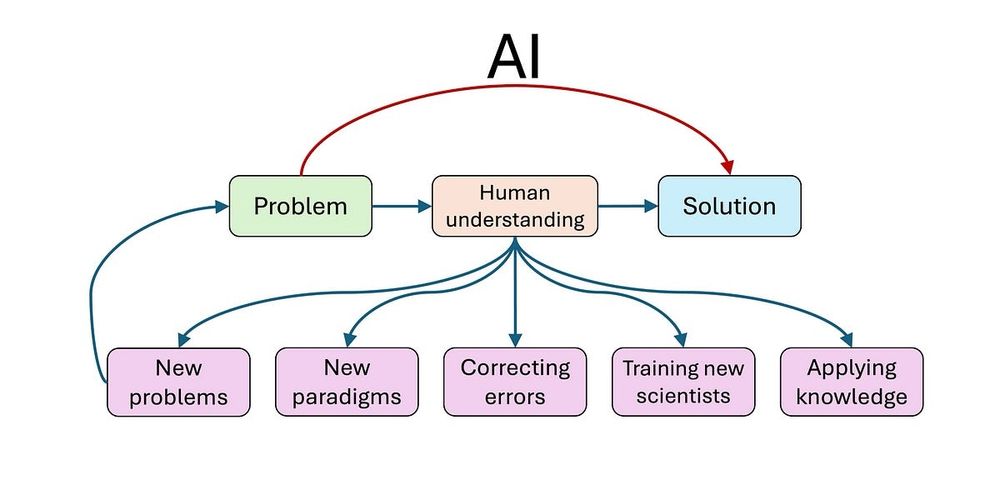
www.aisnakeoil.com/p/could-ai-s...
Reposted by Nicolas Gross
Free to read: rdcu.be/ewDdf



